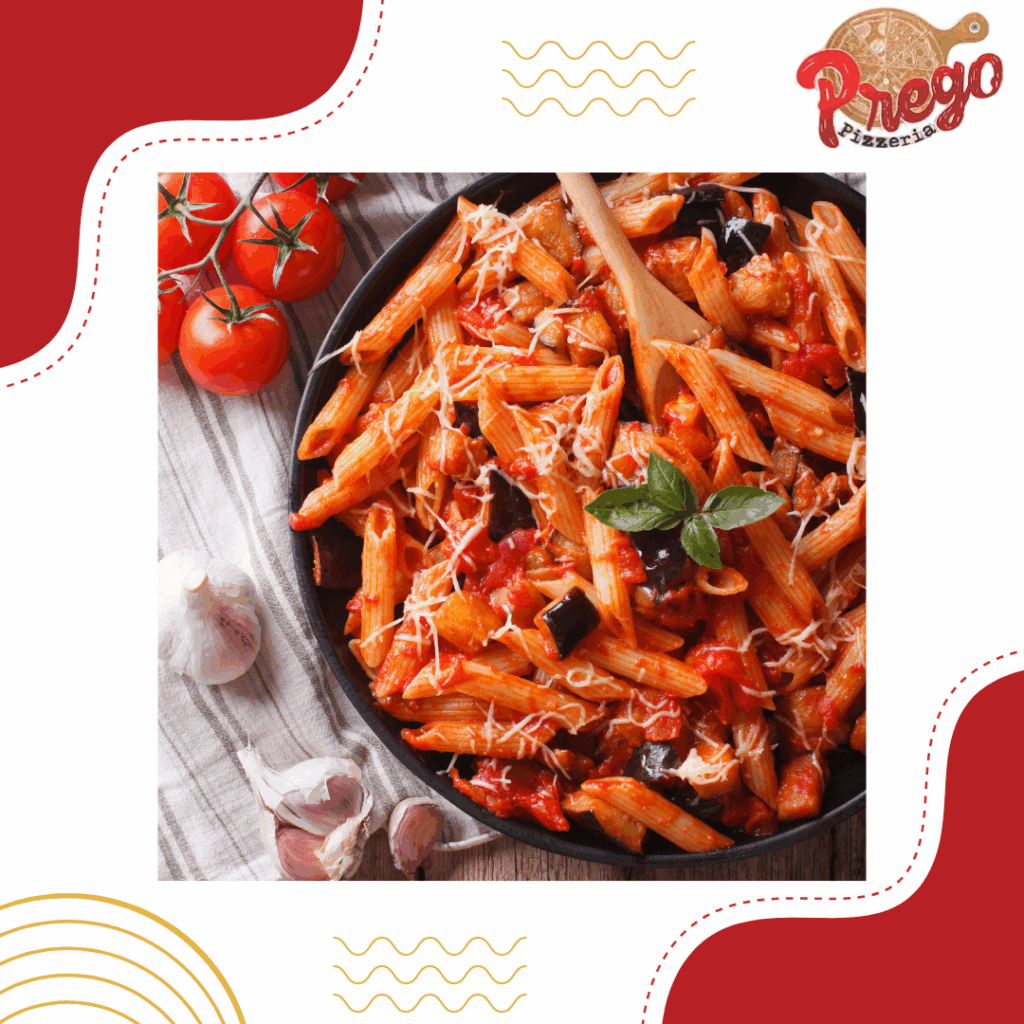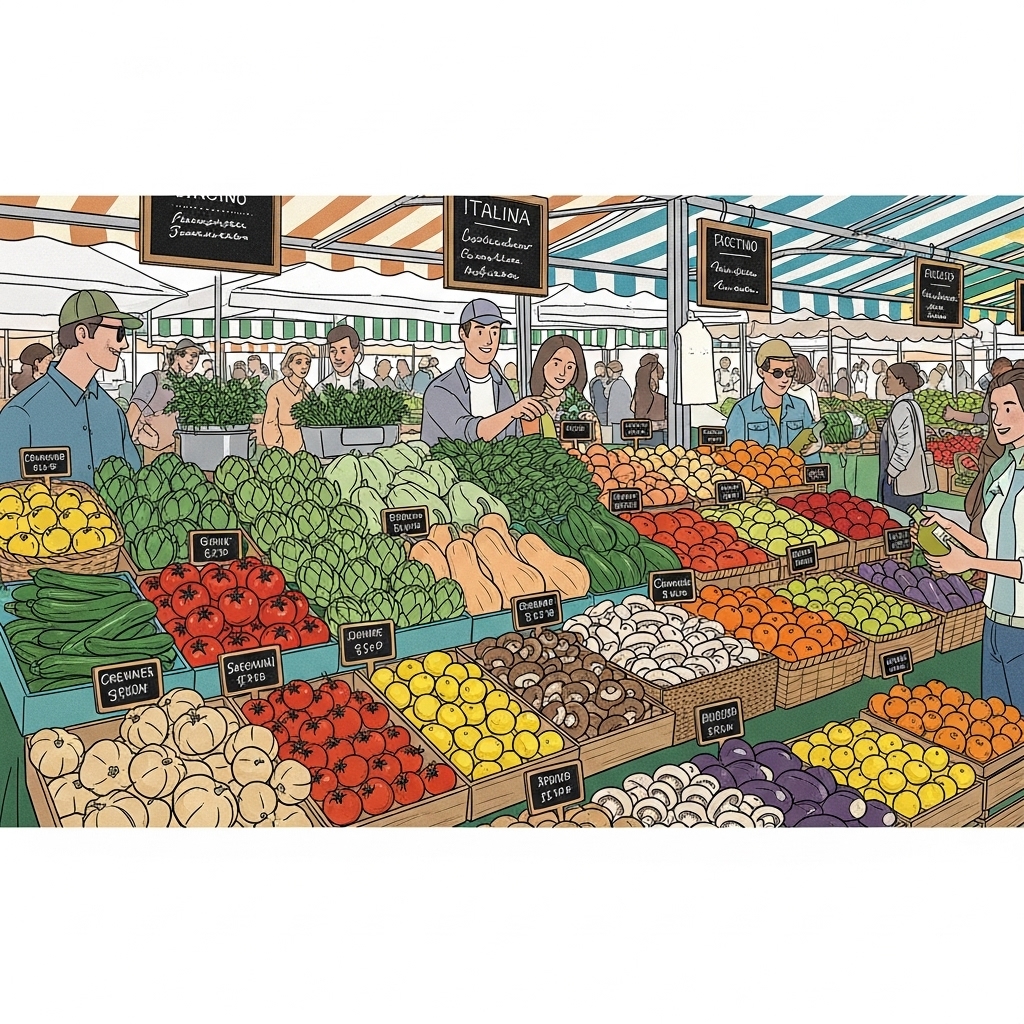The Essence of Italian Food Flavor
Italian Food is defined by its harmony of flavors—earthy, savory, and aromatic. Each region uses herbs and spices to create unique culinary experiences. Basil, oregano, and rosemary are staples that add depth to sauces and meats. Whether it’s the tang of fresh tomatoes or the richness of olive oil, Italian Food delights the senses with balance and complexity.
The Role of Pasta and Sauce in Italian Food
Pasta and sauce are the foundation of Italian Food, offering endless combinations of taste and texture. Each pasta shape serves a purpose, pairing perfectly with specific sauces. From creamy Alfredo to zesty marinara, these pairings highlight Italy’s culinary creativity. The relationship between pasta and sauce defines the essence of Italian dining and its global admiration.
Italian Food and the Beauty of Seasonality
Seasonality plays a crucial role in Italian Food, ensuring freshness and authenticity year-round. Chefs adapt menus based on what nature provides, from summer tomatoes to autumn truffles. This connection to the land creates dishes that reflect the rhythm of life. Seasonal cooking not only enhances flavor but also preserves the integrity of Italian Food traditions.
The Balance of Texture and Aroma in Italian Food
The textures and aromas in Italian Food are as important as its flavors. The crisp crust of a pizza, the creamy risotto, and the fragrance of baked bread work together to create harmony. Each dish stimulates multiple senses, making every bite a memorable experience. This sensory balance is what keeps Italian Food so satisfying and timeless.
Discovering Regional Specialties in Italian Food
Each region of Italy offers its own specialties, from Tuscany’s ribollita soup to Sicily’s arancini. Exploring these dishes reveals the depth and diversity of Italian Food. Regional traditions preserve culinary heritage while offering endless opportunities for discovery. The joy of Italian Food lies in its ability to surprise and delight through every local flavor.




